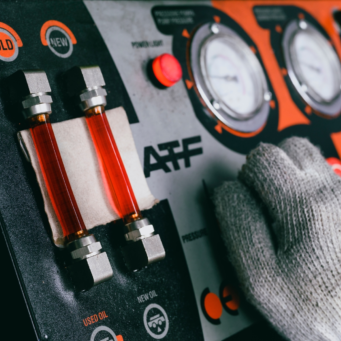

What is Transmission Fluid?
The transmission, also known as the gearbox, is responsible for transferring power from the engine to the wheels. It uses gears and gear trains to adjust the speed and torque as needed. Transmission fluid plays a crucial role by lubricating the various components within the transmission, ensuring smooth operation and peak performance.
Types of Transmission Fluids
Different types of fluids are used depending on the transmission system. Your car will either have an automatic or manual transmission.
- Automatic Transmission Fluid (ATF): Automatic transmissions rely on a specialized fluid known as ATF. The specific type of ATF required depends on the design of your car's transmission (e.g., traditional automatic, CVT, DCT/DSG). It's important to use the correct type of fluid to ensure proper function.
- Manual Transmission Oil: Most manual transmissions use oils that meet the API GL-4 specification. Always consult your vehicle’s owner’s manual to ensure you’re using the correct fluid for your transmission.
Why Transmission Fluid is Important
Having the right amount of transmission fluid is critical for the health of your transmission. The fluid helps synchronize the gears, making shifting smoother. If the fluid level is too low, the transmission’s internal components can wear out much faster, and you may notice difficulty when shifting. If you're experiencing shifting problems, checking the transmission fluid level is a good first step.
In addition to lubrication, transmission fluid also serves these key functions:
- Cleans and protects metal surfaces from wear
- Conditions gaskets
- Helps with cooling and reduces high operating temperatures
- Increases the transmission's efficiency across a wide range of speeds and temperatures
Changing Your Transmission Fluid
Although transmissions are built to handle high temperatures, consistent overheating can cause the fluid to break down over time. Contrary to popular belief, transmission fluid is not "filled-for-life" and does require periodic replacement. For recommended change intervals, always refer to your vehicle’s owner’s manual.




